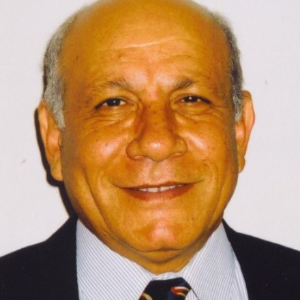Oilfield seismic imaging is a crucial geophysical technique employed in the exploration and characterization of subsurface geological structures for oil and gas reservoirs. This method involves generating controlled seismic waves and recording their reflections to create detailed images of the Earth's subsurface. Utilizing specialized equipment, seismic sensors, and advanced data processing algorithms, oilfield seismic imaging provides valuable insights into the composition, depth, and geometry of underground rock formations. Seismic surveys aid in identifying potential hydrocarbon reservoirs by analyzing the reflected waves that bounce back from different rock layers. The data collected helps geoscientists and engineers create accurate 2D or 3D models of the subsurface, allowing for informed decision-making in drilling and reservoir management. Seismic imaging plays a crucial role in locating favorable exploration prospects and optimizing well placement to maximize oil and gas recovery. Advancements in seismic technology, such as 4D seismic monitoring, enable the industry to observe changes in reservoir conditions over time. Time-lapse seismic surveys provide information on fluid movement, pressure changes, and the effectiveness of enhanced oil recovery techniques. The integration of seismic data with other geophysical and geological data enhances the accuracy of reservoir characterization, reducing exploration risks and improving overall drilling success rates. Oilfield seismic imaging continues to evolve with innovations in acquisition methods and computational techniques, enabling the industry to explore increasingly complex and challenging geological formations. The synergy of seismic technology with artificial intelligence and machine learning further enhances the interpretation of subsurface data, contributing to the efficient and responsible extraction of hydrocarbons from the Earth's crust.

Anthony J Sadar
Environmental Science Communication, LLC, United States
Selim Sanad Shaker
Geopressure Analysis Services, United States



Title : The Vacuum Insulated Heatable Curtain (vihc): From conceptual invention to market deployment as a cost-effective dual solution for window heat loss reduction and localised radiant comfort
Saim Memon, Sanyou London Pvt Ltd, United Kingdom
Title : Enhancing LPG capacity at Rabigh bulk plant: A case study on flow optimization and operational efficiency
Fahad Almehmadi, Saudi Aramco, Saudi Arabia
Title : Unlocking field development through infill well success delivering 3,000 BOPD via integrated dynamic analysis and seismic reprocessing: Lima field, PHE ONWJ
Indra Sanjaya, PHE ONWJ, Indonesia
Title : Reservoir screening and feasibility assessment for underground natural gas storage in upper Assam basin
Ashutosh Ranjan, Oil India Limited, India
Title : Proportional application technologies for urea removal in aqueous waste effluents, and recommended technologies for varies industrial waste water.
Hossam Ahmed Aly Moustafa Teama, Abu Qir Fertilizers And Chemical Industries Company, Egypt
Title : Enhancing refinery operational excellence: An AI-powered approach to digital operations management
Ganesh Markad, Proclink Consulting, India